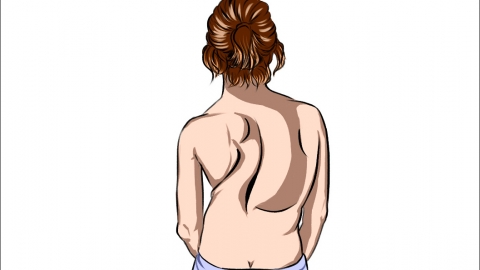Can scoliosis of 50° be corrected with conservative treatment?
In general, whether a 50° spinal scoliosis can be restored through conservative treatment depends on the specific condition of the patient. If discomfort occurs or symptoms worsen, it is recommended to seek timely medical advice from a professional doctor. The detailed analysis is as follows:

If the patient is an adolescent whose skeleton is still in the growth and development stage, conservative treatment may be attempted, but full recovery to normal alignment is difficult. In such cases, consistent use of a custom-fitted brace combined with specialized rehabilitation exercises—such as Schroth physiotherapeutic corrective exercises—is required. The goal is to control the progression of the curvature, prevent further increase in the Cobb angle, and preserve options for future treatment after skeletal maturity. However, it is unlikely that the spine will fully return to its normal physiological curvature.
If the patient is an adult with fully mature and fixed skeletal development, conservative treatment cannot reduce the degree of spinal curvature. At this stage, the focus shifts to symptom management. Rehabilitation exercises aim to strengthen the muscles of the back and腰部 (lower back), improve spinal stability, alleviate discomfort such as back pain and fatigue, prevent complications caused by scoliosis, and maintain the current spinal condition.
In all cases, regular hospital follow-ups are essential to monitor changes in scoliosis via X-ray imaging. The selection of appropriate braces and rehabilitation plans must be evaluated and guided by a qualified physician—self-diagnosis and self-treatment should be avoided. Maintaining proper sitting and standing posture in daily life, avoiding prolonged bending or heavy lifting, and reducing spinal strain are also crucial.




